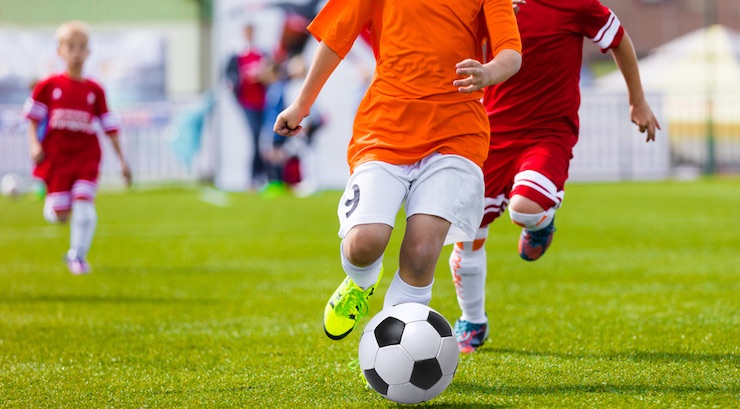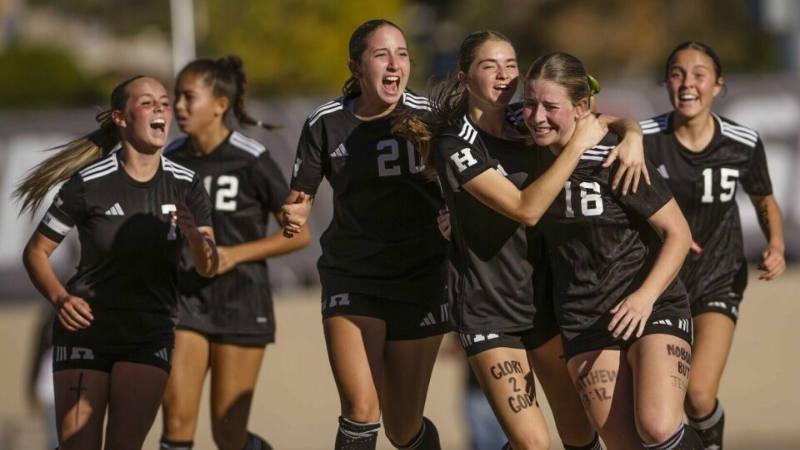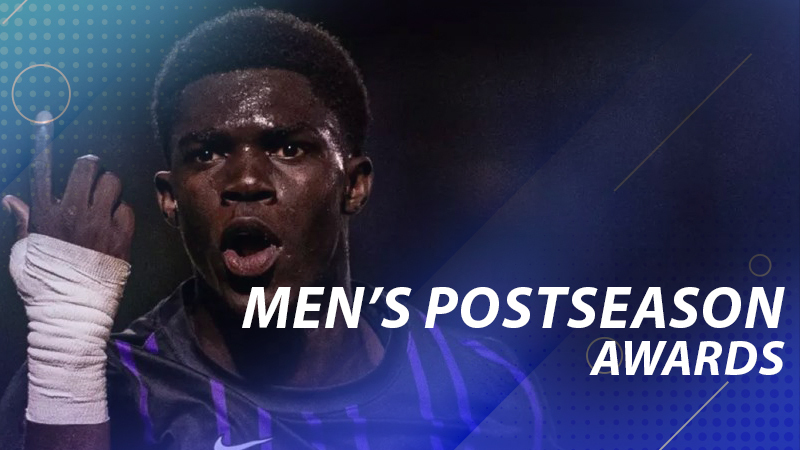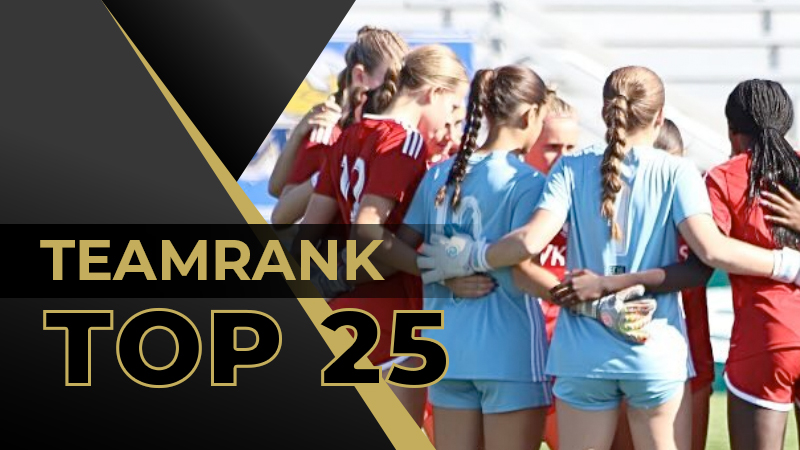Experts weigh in on return of youth sports

In a webinar hosted last week by the Aspen Institute's Project Play, several medical and legal experts weighed in on the prospect of youth sports returning.
Speakers included Lauren Sauer from Johns Hopkins Medicine, Dr. Jon Finnoff from the U.S. Olympic and Paralympic Committee, Dr. Jill Daugherty of the Centers for Disease Control and Prevention and Steven Bank, a law professor at UCLA.
U.S. Club Soccer remains the only governing body in soccer to make an announcement about the resumption of play, lifting its national suspension of play and shifting return-to-play decision to local members. College conferences have already started to outline what the fall could look like, although part of that can be attributed to cost-saving measures. U.S. Soccer canceled the Development Academy, and the Girls Academy League and new MLS Development League won't launch until the fall at the earliest.
With regards to the webinar from May 13, the main conclusion is that travel sports will be the final piece that returns, something that is likely to be seen in soccer.
“I think the travel game issue is going to be a huge challenge for youth sports, and that will be dependent on the sporting type and how players interact. … Reintroducing more high-level risk activities like travel sports means kids mixing in new environments, even before their schools have reopened," Sauer said during the call. "It can mean kids have new exposures, potentially increasing their risk and putting family members at risk. It also means you may be introducing exposure to higher-risk populations. It’s important to get community buy-in and from local and state public health departments before thinking about introducing these travel sporting events in the regions that are going to be hosting them.”
Similar to what has been seen in professional leagues in Europe, and to a more limited extent in the United States, it was recommended in the webinar to have players returning to training in smaller, individual groups first -- after it is legally allowed to do so. Depending on local conditions, and following strict guidance from experts, practices could potentially resume with well-spaced drills that limit close contact. Soccer was cited specifically as an example of a sport that could return with practices placing an emphasis on plenty of space between players.
Of course, as Dr. Finnoff explained, the risks of the transmission of Covid-19 varies by sport. How dangerous soccer is wasn't specificially addressed, but rather a general example shared.
"If you have close, sustained contact with somebody and you’re breathing vigorously and you have no protective equipment on, the likelihood of transmitting an infection is very high compared to a sport that has intermittent close contact or a sport with no close contact," he said. "That helps you decide which is a higher-risk sport and when you should be introducing those sports, with lower-risk sports starting earlier.”
Some precautions to be taken include wearing facemasks when listening to instructions from a coach, although it is currently not recommended to wear one during practice or playing. Keeping distance and any shared spaces clean are critical as well.
From a legal perspective, Bank walked through the challenges that the current pandemic presents. A general waiver is unlikely to be sufficient to shield an organization.
“They’re combined with the registration forms as general liability as part of a registration process for your sport," Bank said. "They probably need to be separated and you probably need to have separate information that informs people of the risks and specifically goes through the kinds of things they are waiving. If you think about comparisons, it’s like concussion sheets. When we have concussion waivers, there are large fact sheets you need to get people to acknowledge.”
The webinar can be watched in full below.
Headlines
- Recruiting Roundup: December 15-21
- How Do I Get Scouted by TopDrawerSoccer?
- 2026 Women's Division I Transfer Tracker
-
Rocky Mountain High School Roundup

- 2025 Men's DI Postseason Awards
- Niko Markovic Selected First in MLS Draft
-
Commitments: Defender Swaps Coasts

- TopDrawerSoccer TeamRank Update - Girls
- 2026 Major League Soccer Draft Results
- Women's College Postseason Freshmen Top 100



